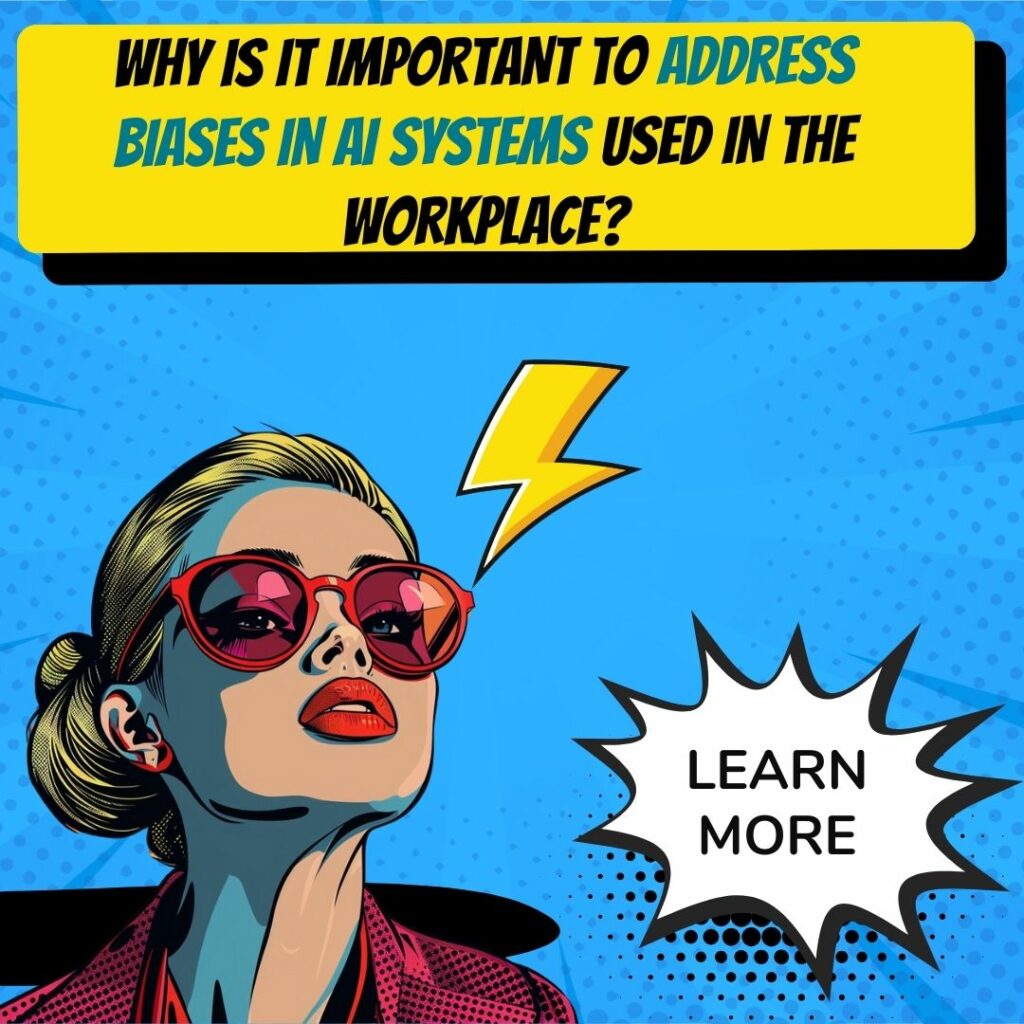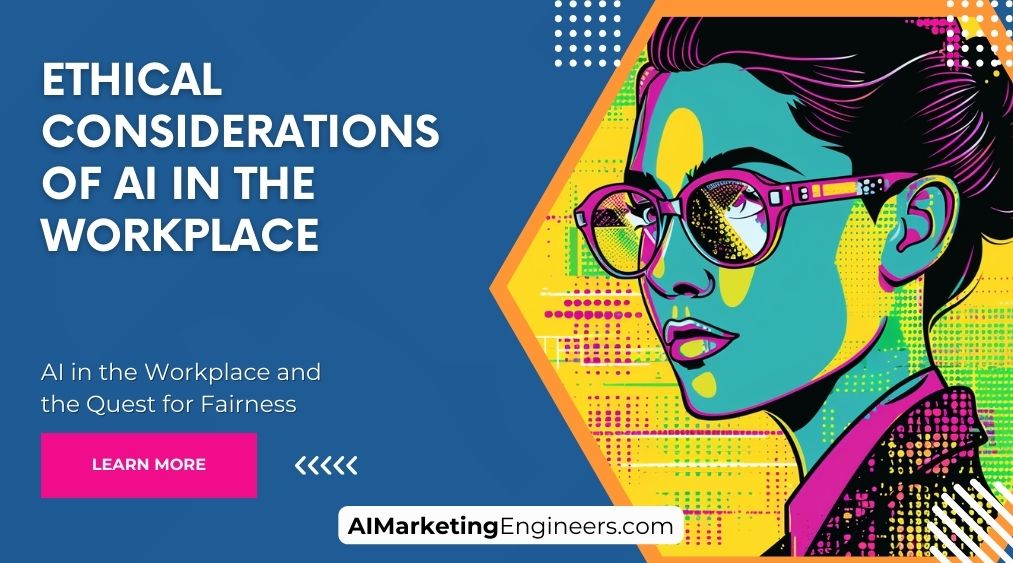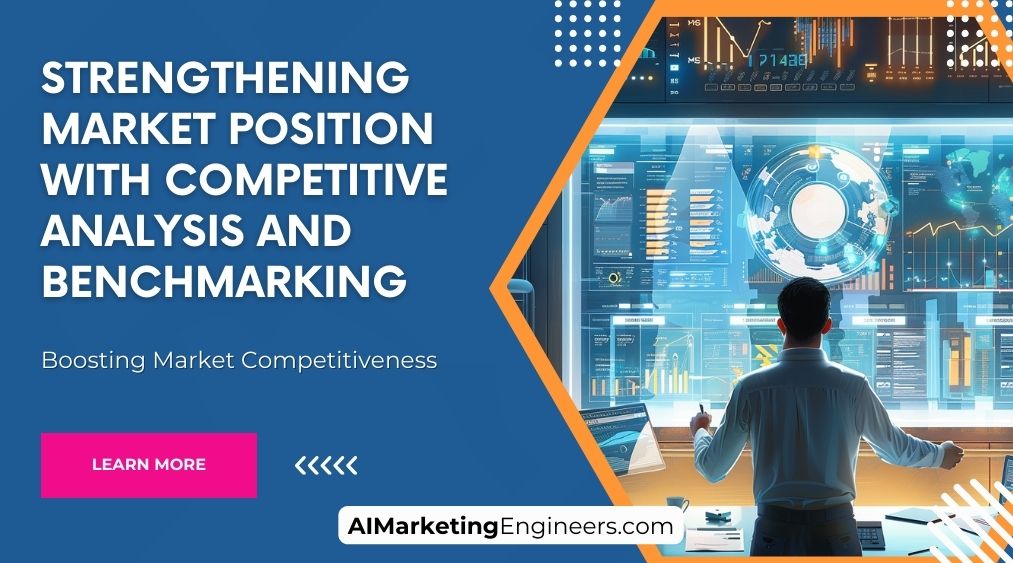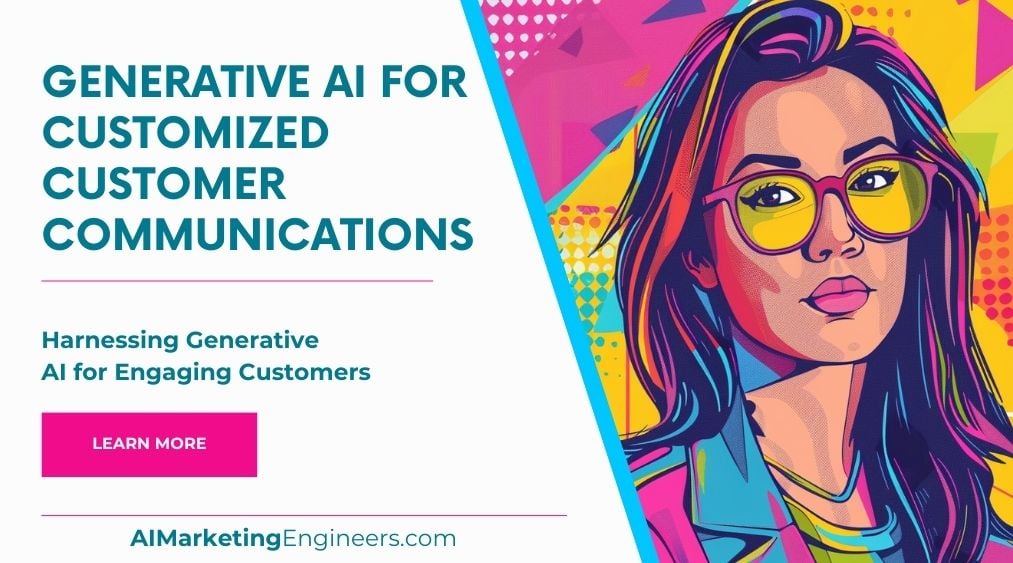Key Takeaways
✅ Bias: Taming the tricky beast of AI bias starts with diverse datasets and doesn’t end there. We're talking regular check-ups for your AI systems to catch bias sneaking in through the back door. Think of it as a health checkup for your AI to ensure it treats everyone fairly.
✅ Fairness: How can you make sure your AI tools aren't playing favorites? Transparent, explainable AIs are your best buddies here. They're not the secretive type—they'll tell you exactly how they made their decisions, so you can ensure everyone's getting a fair shake.
✅ Transparency: Trust in AI is like trust in people—it’s all about transparency. You want to know who's pulling the strings behind the scenes of your AI systems, right down to the nitty-gritty of data and decisions. Keeping those lines of communication wide open is your golden ticket to trust.

Introduction
Ever felt uneasy about robots making big decisions at work? You're not alone. As thrilling as it is to talk about AI transforming our workplaces, we’ve got to ask: are we okay with letting algorithms decide who gets the job, the promotion, or the boot? Welcome to the complex world of Ethical Considerations of AI in the Workplace: Bias Fairness and Transparency.
In this article, we shed light on the critical questions and offer up real, actionable insights. How do we make sure AI plays fair? Can a machine truly be free of bias? And who gets to pull back the curtain to reveal how AI decisions are made? Stick around to unpack innovative perspectives that could just revolutionize how you and your business approach AI—while maximizing trust and inclusivity in your team. This is not just about the techy stuff; it's about protecting people's hopes and addressing their fears in an AI-powered future.
Teaser: Hang tight, because we're about to embark on a journey through the landscape of AI ethics. What you'll discover here could empower you to harness the full potential of AI, making ethics your ally in carving out a competitive edge. Let’s leap into a future where AI is not just smart, but also kind and fair.
Understanding Bias in AI
Have you ever wondered if a computer program can be fair? It's kind of a funny thought, right? But when artificial intelligence (AI) is brought into the workplace, fairness becomes a big deal. AI bias happens when an AI system doesn't treat all people equally. This can be a sneaky problem that sneaks in through the data the AI learned from or even the way it was built. From deciding who gets hired to how performance is evaluated, AI's decisions can unintentionally favor one group over another. Just imagine if a resume-reading robot overlooked a perfect candidate just because it learned the wrong lessons from past data!
Ensuring Fairness in AI
So how do we make sure that AI treats everyone the same way? It’s not just about being nice – it’s about making everything from your hiring process to your daily work fair for everyone. This is where it gets hands-on. We need to be detectives, constantly checking the data AI uses to learn and actively bringing in diverse points of view. It's like making a stew – you've got to keep tasting and adding different spices until it's just right. When you've got AI that comes from a mix of perspectives and backgrounds, you're on the right track to a more balanced and inclusive workplace.
Transparency in AI Systems
Now, let's talk about something that might seem as clear as mud: transparency in AI. You'd think technology should be straightforward, but with AI, understanding how decisions are made can be as confusing as reading a map upside down. To fix this, transparency is key. Imagine AI as a team member who explains exactly why they made a certain decision. That's what we're aiming for. But getting there isn't easy – AI is complicated, and some companies like to keep their methods a secret. To cut through the fog, tools that help explain AI decisions are crucial, as is educating users about how AI works.
Regulatory Frameworks and Guidelines
When we let AI run loose in the workplace without some ground rules, it’s like letting a kid loose in a candy store – things can get messy quickly. That's why we have regulatory frameworks like the GDPR in Europe that tell companies how they should use AI responsibly. By following these guidelines, organizations can make sure their AI plays nice. These aren't just suggestions, they're like the recipe you follow to avoid a kitchen disaster. And just like in the food industry, certain jobs might have their own special recipe for ethical AI use.
The Role of Organizations and Employees
It’s not just the big bosses or the tech whizzes who have a say in AI ethics. Nope, it's a team effort. Organizations need to step up and take responsibility for their AI, making sure it's as unbiased and fair as possible. But employees shouldn't just sit back and watch – they've got a role to play too. It’s like a neighborhood watch, but for AI. By learning about AI ethics and keeping an eye out for anything fishy, everyone can help make sure their AI coworker is upstanding and fair.
Remember, AI is here to stay, and with your help, it can be a force for good in the workplace. But only if we all keep talking, learning, and being vigilant about keeping it fair and square for everyone. What do you think you can do today to help steer AI in the right direction?
AI Marketing Engineers Recommendation
Recommendation 1: Implement regular AI system audits to detect and mitigate bias: Look, real people work on these AI systems. And sometimes these creators can pass on their own unconscious biases into their creations. It's a bit like when you pick up your grandpa's habit of calling every game console a 'Nintendo', y'know? To keep things fair, use real data to check that your AI tools aren't favoring one group over another. Maybe it's sorting resumes or serving ads; just make sure it's fair play for everyone. Companies like IBM have developed tools specifically for this, so it's not like you have to start from scratch.
Recommendation 2: Advocate for transparency in AI decision-making: So, have you ever looked at a magician and thought, "How did they do that?" With AI in the workplace, it shouldn't be magic or a mystery how decisions are made. Sharing how the AI comes to conclusions fosters trust and helps employees understand why certain decisions are made. It's trending now, with places like the EU pushing for laws that demand transparency. It’s about letting people see behind the curtain and understand the "why" and "how" of AI decisions, which can actually boost their confidence in using these tools.
Recommendation 3: Train your staff in AI literacy: We're not saying everyone needs to become an AI wizard, but it sure helps if people know a thing or two about it. Having your team knowledgeable about how AI works, its benefits, and its limitations makes them better users and critics of tech on the job. Also, it empowers them to speak up if something seems off, like when AI might be a bit biased. This is super valuable because, if things go south, we're talking about real people's jobs and lives. And it's already a big deal - there's an increase in ‘AI for everyone’ type courses from places like Coursera and Google. Better to ride the wave than get tossed around by it, right?
Relevant Links
Transform Your Marketing
- Unlock the Magic of AI: Revolutionize Your Content Creation
- Secret Sauce: The Ingredient Your SEO Strategy Is Missing
- Next-Level Ads: How AI Supercharges Your Campaigns
- Fortune Telling in Marketing: Harnessing AI Predictive Power
AI in Everyday Business
- The AI Revolution: What ChatGPT Means for Your Business
- Robots Taking Over? Jobs Safe From AI's Grasp
- Automation Alley: Streamlining Operations with AI
Ethics and AI Transparency
- Balancing the Scales: Promoting Fairness in AI
- See-Through AI: Cracking the Code of Transparency
- Navigating the AI Maze: Why Transparency Matters
Staying Ahead in Marketing
- Groundbreaking Marketing Moves for 2024
- Customer Journeys: Crafting the Path with AI
- Cutting-Edge Tools: The Future of Marketing Analytics
Conclusion
So, what do we think about when we close the book on AI in the workplace? It's kind of like making sure everyone plays fair on the playground, isn't it? We've seen that AI can be a game-changer, but it can also pick favorites if we're not careful. That's where the ethics come in. It's about making sure the AI treats everyone equally, much like a fair-minded teacher would.
Have you ever felt overlooked, maybe not given a fair chance? Imagine if that was because a computer algorithm decided you weren't the right fit. That's the sting of AI bias, and it's why fairness and transparency are crucial. They're the guardrails that keep the AI from veering off into favoritism or discrimination.
Businesses, big or small, have to keep an eye on their AI, just like you'd watch over a group of kids. Is the AI playing nice? Is it clear why it made that decision? And if it's not, it's time for a little timeout and a check-up. It's not just about following the law, like GDPR or those EU guidelines; it's about building a place where everyone gets a fair shot, regardless of their background. And let's not forget about you and me – we all need to brush up on our AI knowledge, to make sure we know when the AI is stepping out of line.
So, what's the future look like for AI ethics in our offices and factories? It's a bit of an open question, isn't it? But one thing's for sure: as we move forward, keeping our AI honest, fair, and transparent is not just good ethics—it's good business. Let's be the ones to lead the charge, calling on our workplaces to not just use AI, but to use it ethically. Because at the end of the day, it's all about building a workplace that we can trust, and one that believes in giving every single one of us a fair chance to shine. Can you imagine what that would look like? Let's make it happen.
FAQs
Question 1: What is AI bias, and why is it important to address in the workplace?
Answer: AI bias is when artificial intelligence systems show unfair preferences or prejudices, which can come from mistakes in how they're made, the information they use, or even the people who build them. It's really important to fix these biases at work so that everyone gets a fair shake and the same chances.
Question 2: How can AI systems be made more transparent and accountable?
Answer: You can make AI systems more like an open book by explaining clearly how they're built, where they get their info from, and how they make decisions. They need to be checked on regularly, and it's a good idea to include a mix of people when creating and managing these AI tools to keep them on the straight and narrow.
Question 3: What is fairness in AI, and how can it be achieved?
Answer: Fairness in AI means treating everyone equally and without bias. To get this right, it's about using information that doesn't favor anyone unfairly, picking the right kind of algorithms that don't discriminate, and always checking the AI to catch any bias hiding in the shadows.
Question 4: How can professionals ensure that AI systems are designed with ethical considerations in mind?
Answer: Pros can keep AI systems ethical by bringing in folks from different backgrounds into the design team, watching out for those sneaky biases and unexpected outcomes, and making sure the design sticks to strong ethics like fairness, transparency, and accountability, right from the start to the finish line.
Question 5: What are some common sources of AI bias, and how can they be mitigated?
Answer: Bias in AI usually sneaks in with skewed information, data that doesn't represent everyone, or algorithms that just aren't up to par. The trick to beating these biases is to mix up your data, choose algorithms wisely and keep a strict auditing schedule for these AI systems.
Question 6: How can professionals stay informed about the latest developments and best practices in ethical AI?
Answer: Staying updated with ethical AI is like keeping your ear to the ground. Read up on industry news, join conferences, hop into online chat groups, and link arms with professional circles that focus on keeping AI in check, like the Partnership on AI or the AI Now Institute.
Question 7: What role do regulatory bodies play in ensuring ethical AI in the workplace?
Answer: Regulatory bodies are like the referees in the game of ethical AI. They lay down the rules, set up the standards, and make sure everyone plays fair. If someone's stepping out of line, they're the ones blowing the whistle to keep things right.
Question 8: How can employees and stakeholders raise concerns about AI bias and fairness in the workplace?
Answer: If you spot something iffy about AI at work, don't stay quiet. Talk to the ethics committee, HR, or the legal team. And if that doesn't cut it, reach out to the big guys who oversee AI fairness or groups that are all about ethical AI.
Question 9: What are some practical steps organizations can take to promote ethical AI in the workplace?
Answer: Companies can lead the way in ethical AI by setting up ethics teams, keeping a close eye on their AI tools, training their people on the do's and don'ts of AI, and getting a diverse crew involved in everything AI.
Question 10: What are some key takeaways for professionals and enthusiasts interested in ethical AI in the workplace?
Answer: Remember, it's all about nipping AI bias in the bud, rooting for fairness and clear-as-day transparency, roping in folks from all walks of life into the AI process, and staying keen on the ins and outs of ethical AI.
Academic References
- Fjeld, J., Achten, N., Hilligoss, H., Nagy, A., & Srikumar, M. (2018). Ethical and social implications of algorithms, data, and artificial intelligence: A roadmap for research. Ethics and Information Technology, 20, 171–184. This seminal piece provides a sweeping overview, setting the stage for a deeper conversation on how the invisible cogs of AI can shape our workplace, for better or worse. It urges scholars and practitioners alike to take a closer look at fairness, bias, and transparency.
- Mittelstadt, B., Russell, C., & Wachter, S. (2019). Towards a human-centered agenda for AI and machine learning. Philosophical Transactions of the Royal Society A: Mathematical, Physical and Engineering Sciences, 377(2142). With a human-first perspective, this paper challenges us to rethink AI's role in our lives, calling for a shift of focus toward fairness and ethics in machine-taught decisions that impact real people in their jobs.
- AI Now Institute. (2019). AI Now 2019 Report: The Social and Economic Implications of Artificial Intelligence Technologies in the Near-Term. AI Now Institute. Peeling back the layers on AI's impact in the tangible now, this report casts a critical eye on how these technologies play out in the workplace, zeroing in on the need for equitable and accountable systems.
- Jobin, A., Ienca, M., & Vayena, E. (2019). The Ethics of Artificial Intelligence: Issues and Initiatives.
Palgrave Communications, 5(1), 5. Diving into the AI ethical debate, this piece carves out a space for discussion on bias and fairness in AI. It presents a survey of the landscape, mapping out initiatives pushing for higher ethical standards in our digital helpers. - Suresh, H., & Guttag, J. (2019). Algorithmic bias: A review. Big Data, 7(4), 223-237. This review undertakes the hefty task of untangling the knotted issues of bias within algorithms. It lays bare the causes, the effects, and potential fixes for the skewed lenses through which AI might view the workplace.













